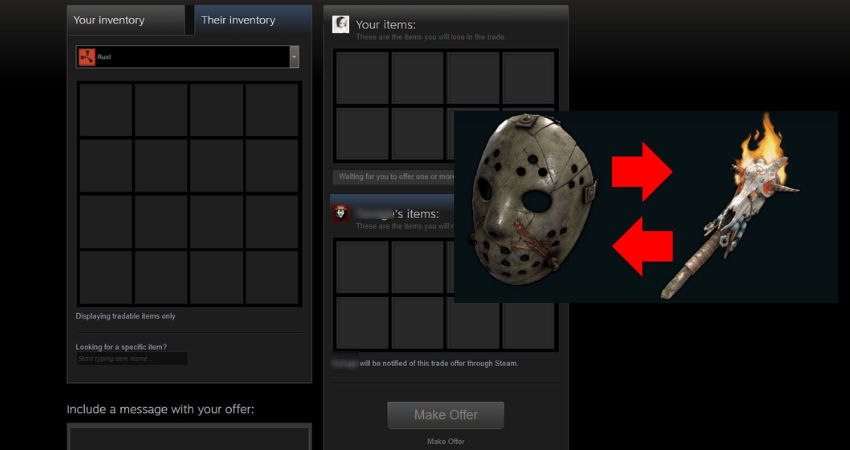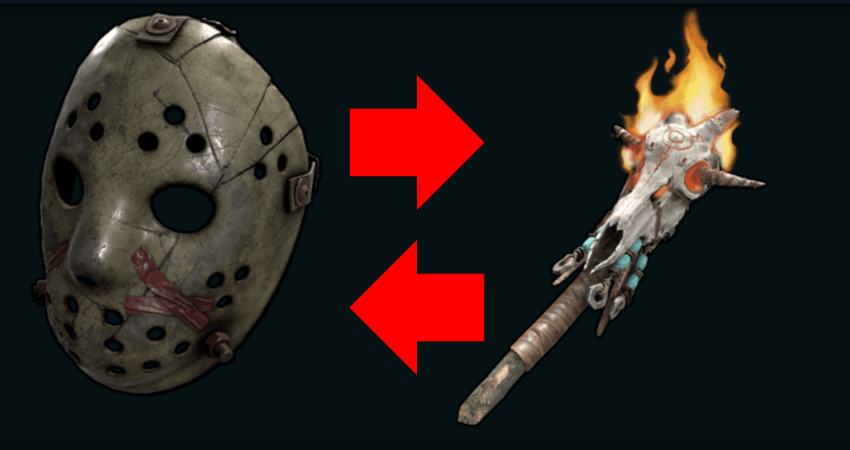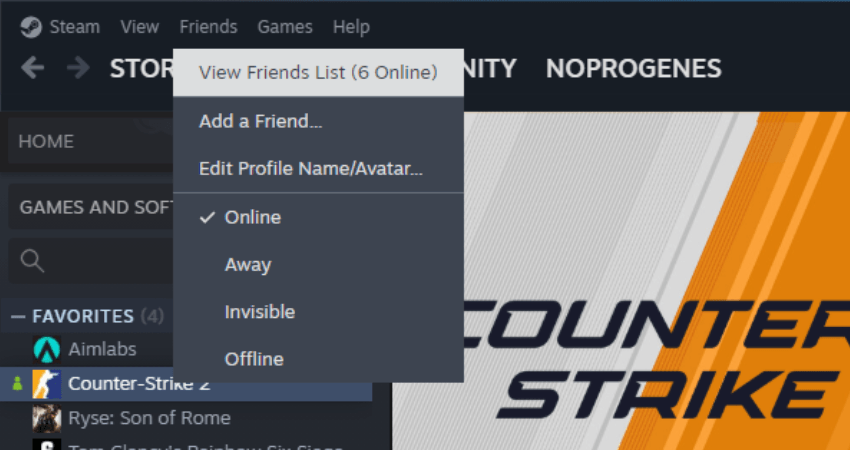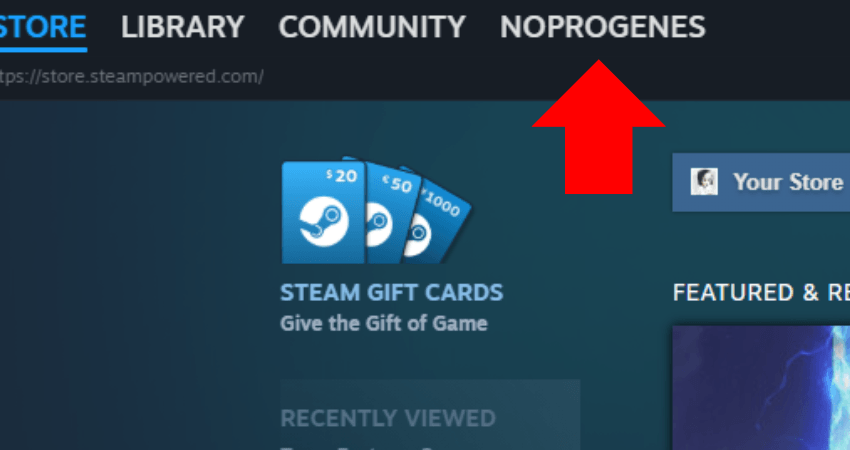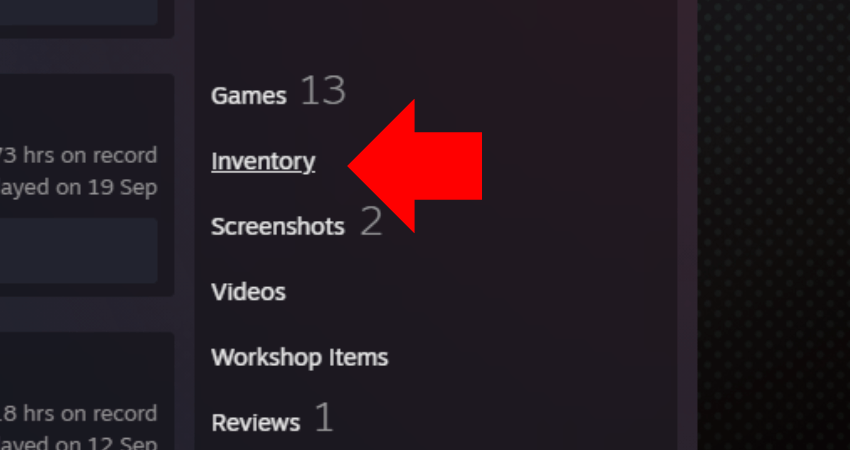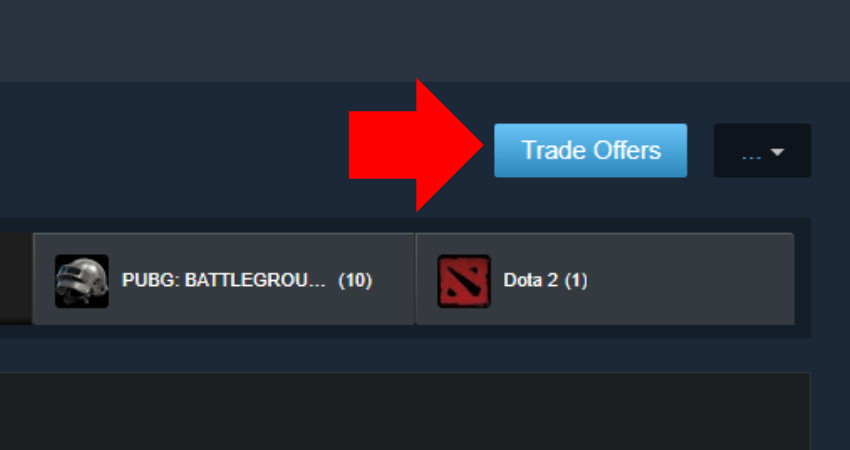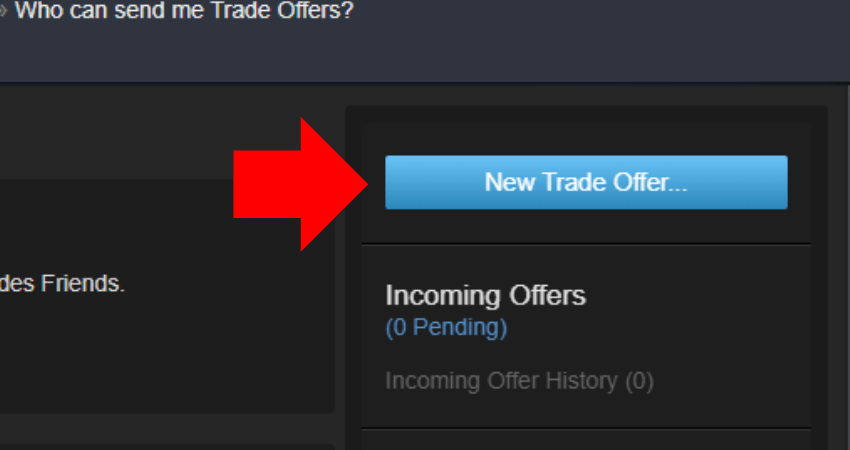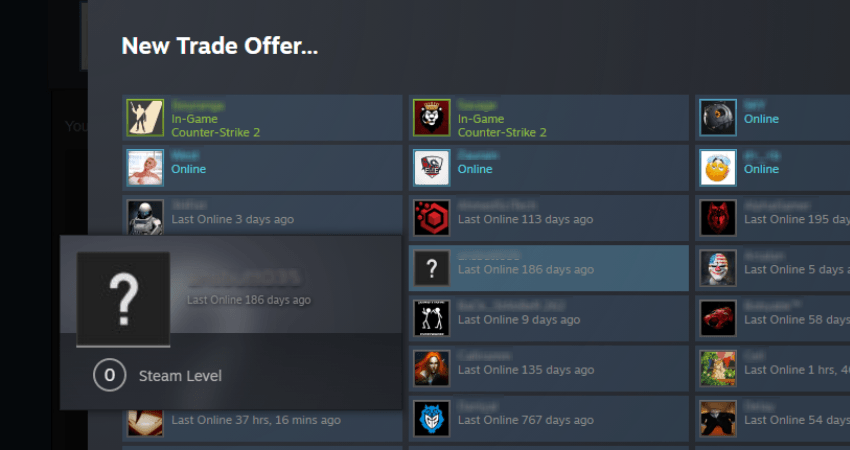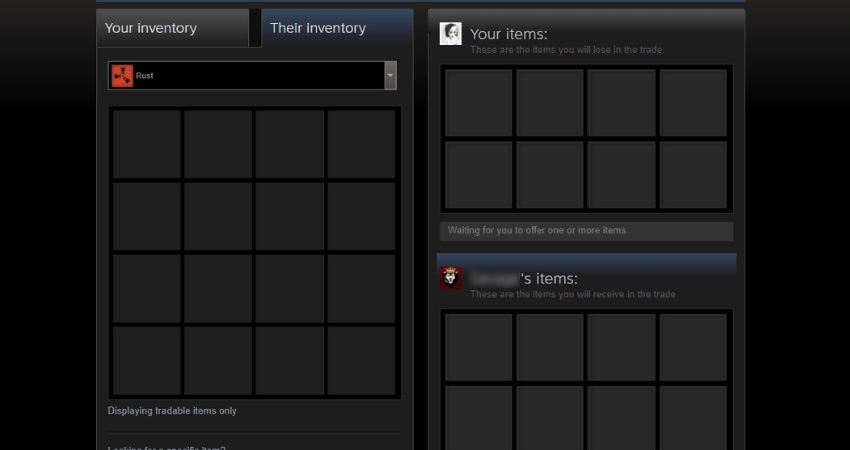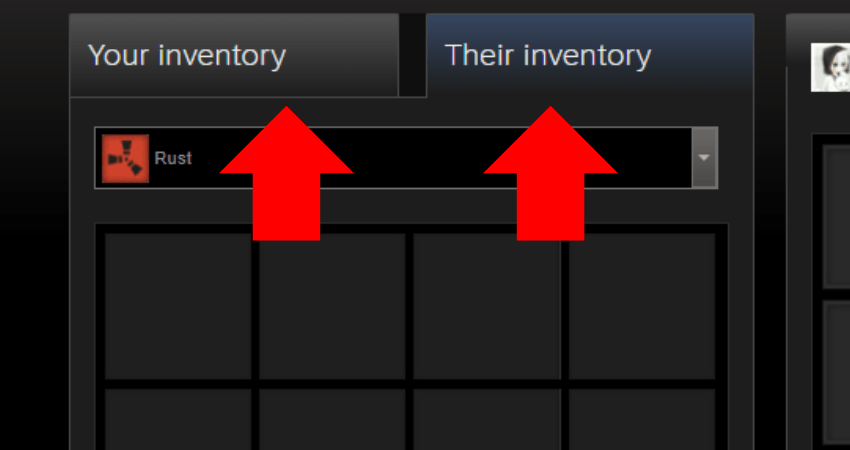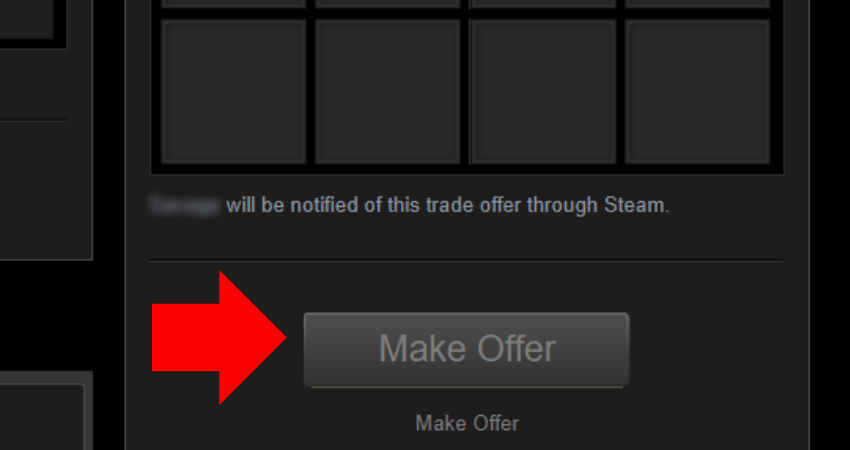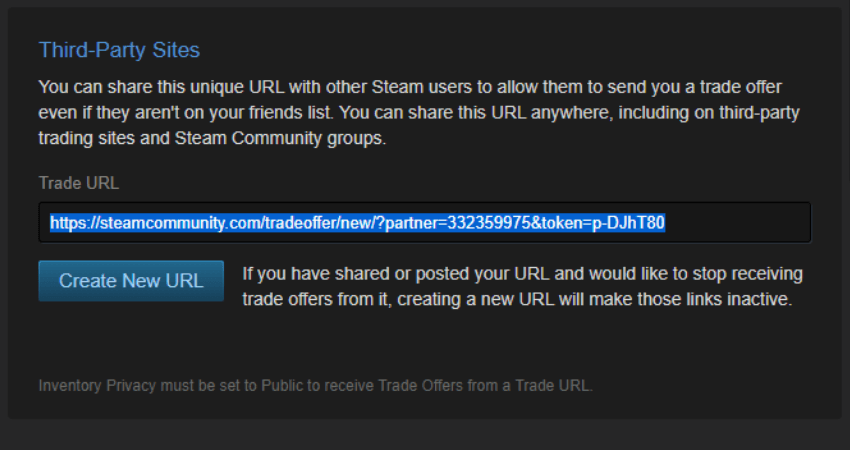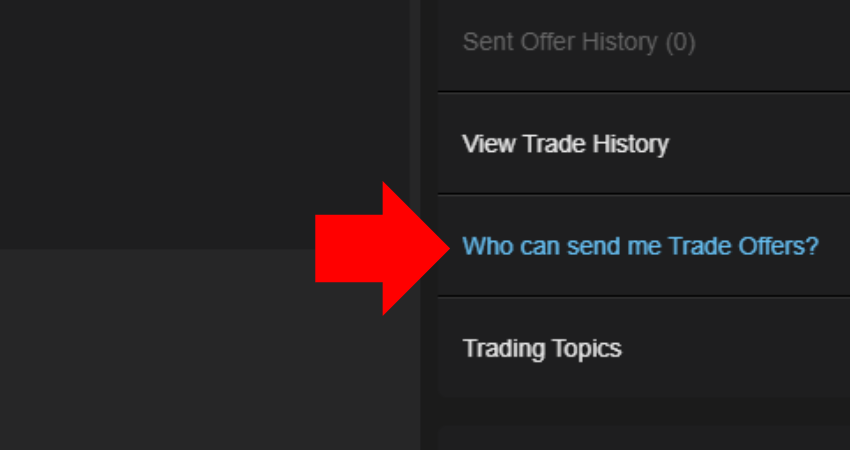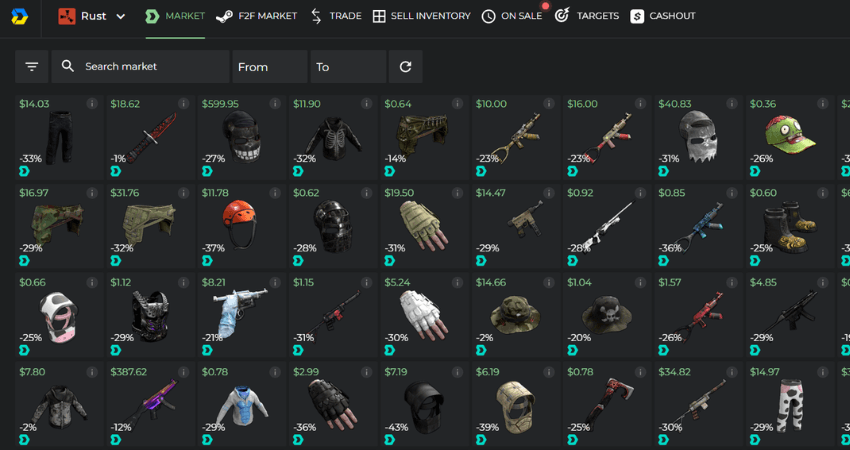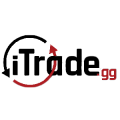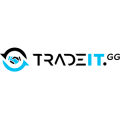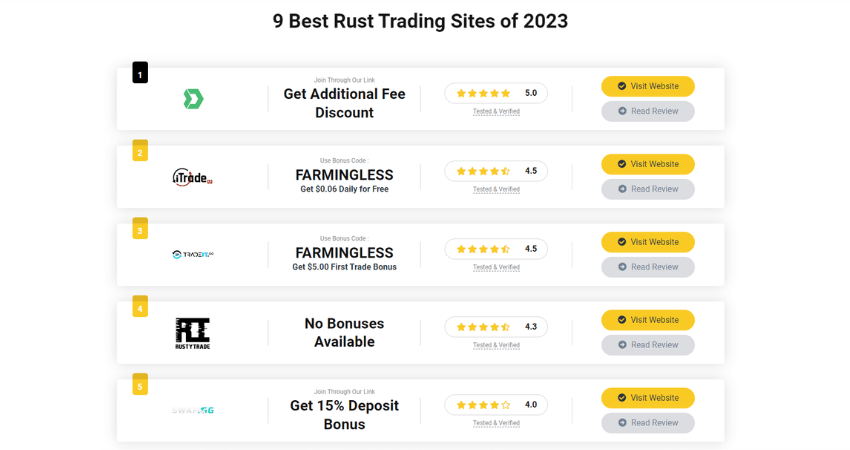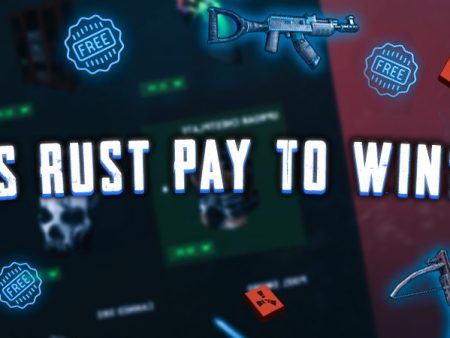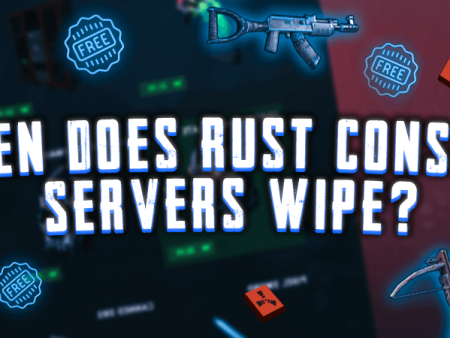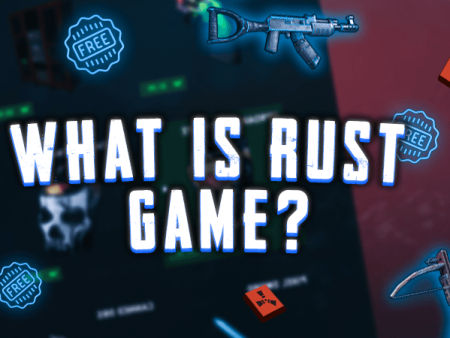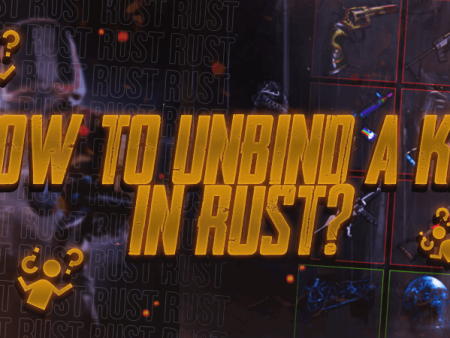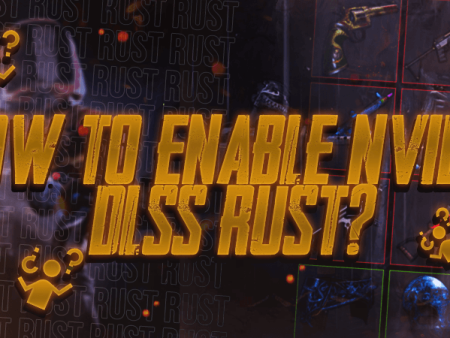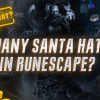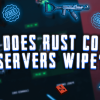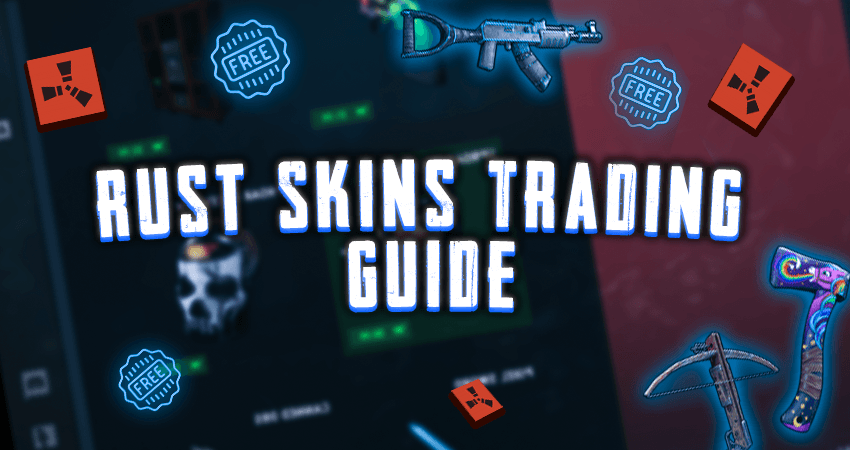
So, you just found out that you can trade Rust skins with other players. You want to do that, but you don't know how. You have landed in the right place. Here is a complete guide on Rust skins trading. This article was updated in 2025.
Key Takeaways
- Rust skins trading is similar to real-life trading. It involves exchanging skins you no longer need for ones you desire. Steam provides a user-friendly platform to facilitate these trades.
- The article offers a detailed, step-by-step guide on how to initiate and complete Rust skins trades, making it accessible even for beginners.
- You can trade Rust skins not only with your Steam friends but also with other users by obtaining their trade URL. This expands your trading opportunities significantly.
- The article emphasizes the importance of being cautious to avoid scams, which are prevalent in the Rust skins trading community. Always verify the value of skins and avoid random trade offers.
- When finding trading partners within your friends' circle is challenging, you can explore Rust skins trading websites to discover potential trades or post your own trade offers. These platforms can be a valuable resource for expanding your skin collection.
How Rust Skins Trading Works?
Rust skins trading works in the same way that regular trading in real life works. You have something that another person wants. The other person has something that you want. You both make a trade, and everyone's happy.
Replace the items with Rust skins, and you have Rust skins trading. For example, you have some Rust skins you don't need, but someone else wants precisely those skins. That same person has some skins you like, and they don't need them. If you trade, you both will have skins you want and will have gotten rid of the ones you don't.
However, when you trade an item in real life, you physically give it to the other person. To facilitate skin trades, Steam has a built-in system where users can select particular skins they want to give away from their inventory and the ones they would like in return from the other person's inventory.
Rust Skins Trading - Step-by-Step Guide
Now that you know how Rust skins trading works, you might be thinking about where to start. To help you with that, we have broken down the process into a step-by-step guide, which explains everything in detail.
- Step 1: Identify which skins you want to give away and the ones you need in return. At this point, it's just a rough idea for reference.
- Step 2: Find someone willing to trade with the same skins outlined in the first step or at least for a similar trade.
- Step 3: After that, launch Steam and click on your username in the upper left corner of the Steam window.
- Step 4: Your Steam profile will open up. Click the "Inventory" option from the right-side section on your Steam profile page.
- Step 5: After opening your Steam inventory, click the "Trade Offers" button from the upper right section of the Steam window.
- Step 6: A new Steam page will open, showing you your trade offers if you have any. Click the "New Trade Offer..." button.
- Step 7: A new window showing all your Steam friends will open. Find the name of the one you want to trade with and click on it.
- Step 8: The trade window will open once you click on your friend's name. You'll see your and your friend's inventory.
- Step 9: Click your inventory and select the items you want to give away. Then click your friend's inventory and select the items you want in return.
- Step 10: Click the "Make Offer" button, and your friend will get a trade offer. To complete the trade, your friend must accept it.
Trading With People Who Aren't On Your Steam Friends List
As we mentioned in Step 8 of the guide above, you need a trade window to trade with someone. To get that trade window with Steam users that aren't in your Steam friends list, you need their trade URL.
Ask the person you want to trade with for their trade URL. To find the trade URL, follow Steps 1 to 5 from the guide above. After that, click the "Who can send me Trade Offers?" option, and the trade URL will appear in the "Third-Party Sites" section.
Once you have the trade URL, open it in Steam or a regular browser, and a trade window with your and the other person's inventory will open. After that, add the skins you want to give away and the ones you want in return, and click the "Make Offer" button. The other person will get the trade offer, and the trade will get completed once they accept it.
If you want someone else to send you a trade offer, you can send them your trade URL. This time, the other person will select the skins. They'll send you the trade offer, and if you like the trade, you can accept it. Some content creators regularly give out their trade URLs so their viewers can send them trade offers.
Rust Skins Trading Sites
Sometimes, finding people willing to trade their rust skins with you can be difficult. That's not because there aren't gamers who like trading. It's just that the ones in your friend circle don't. Fortunately, to find potential trades, you can check out Rust skins trading websites.
Rust skins trading websites are online platforms where people can list their trade offers for others to see. If you like a particular trade offer, you can select them and continue with the trade. Or, you can post your trade offer and wait for others to accept it. There is also bot trading, where you don't have to wait for anyone.
Bellow, you can find a few leading Rust skin trading platforms.
Receive Additional Fee Discount
Bonus Code: farmingless
Bonus Code: farmingless
Avoiding Rust Skins Trading Scams
One of the most common types of scams in Rust skins trading is when a person gets tricked into giving up their valuable skin for a weapon skin that is not even close to worth what they gave away. Scammers use a person's lack of knowledge of Rust skin pricing to their advantage for this scam. To avoid this, double-check the market price for a particular Rust skin.
You might feel more comfortable getting a trade offer from a reputable trader or content creator. However, scammers often impersonate those people to trick you into scams. Do not trust random trade offers. Don't take anyone's word for it. Confirm the pricing yourself.
Along with that, there are multiple scam sites you have to be aware of. To help you with that, we made a list of the top Rust skins trading platforms, where we filtered out all potential scams. Pick one from our list and you won’t have to worry about getting scammed.
Conclusion
You are now ready to make your first trade with Rust skins and get some snazzy new ones. Remember to be careful while choosing a platform and double-check the pricing of each skin before you trade, and you won't face any issues. Good luck and happy trading.
FAQ
What are Rust skins, and why are they valuable for trading?
Rust skins are cosmetic items that change the appearance of in-game weapons and items. They hold value for trading because they allow players to personalize their gear, making it a sought-after feature in the gaming community. Unique and rare skins can become highly valuable, creating a thriving market for trading and collecting.
How can I obtain Rust skins for trading?
Rust skins can be obtained through various methods. Some can be acquired by playing the game and earning them as rewards, while others can be purchased from the Steam Community Market or from third-party trading platforms. Additionally, some skins are exclusive to certain events or promotions, adding to their rarity and value.
What factors influence the value of Rust skins in the trading market?
Several factors determine the value of Rust skins. Rarity is a significant factor, as limited-edition or discontinued skins tend to be more valuable. The demand for a particular skin also plays a role; if a skin is highly desired by the community, its value will likely increase. Condition (Factory New, Minimal Wear, Field-Tested, etc.) and the popularity of the item it skins are also taken into account when determining its trading value.
How can I ensure safe and secure trades when dealing with Rust skins?
To ensure safe trading, it's essential to use reputable trading platforms or the Steam Community Market. When trading with other players, it's best to verify their reputation and trade history. Utilize a trusted middleman if dealing with high-value trades. Always double-check the items being traded and make sure both parties agree on the terms before proceeding.
Are there any restrictions or rules regarding Rust skins trading?
While Rust skins trading is generally allowed and encouraged, there are certain rules and restrictions to be aware of. Trades involving real money outside of official platforms violate Steam's Terms of Service and can result in severe penalties, including account suspension. Additionally, some skins may be region-locked or have specific trade restrictions, so it's important to review the item details before engaging in any trades.
